Honoring Ancestors During Obon: A Family Visit to Ise City お盆のご先祖さまを偲ぶ旅〜三重県伊勢市へ】
It’s Obon season. Generally, Obon lasts for four days from August 13th to 16th. My company has Obon holidays from August 14th to 16th. During Obon, families gather to honor their ancestors and visit graves together. My wife and I also visited the graves in my wife’s hometown, Ise City in Mie Prefecture. Ise is about a 1 hour and 30-minute drive from Nagoya.
お盆の季節ですね。一般的には8月13日から16日までの4日間ですが、うちの会社は14日〜16日がお休みです。お墓参りをして、ご先祖様の霊を供養し、感謝の気持ちを伝えるための大切な行事です。妻と一緒に、妻の故郷である三重県伊勢市のお墓へ行ってきました。名古屋から車で約1時間半の距離です
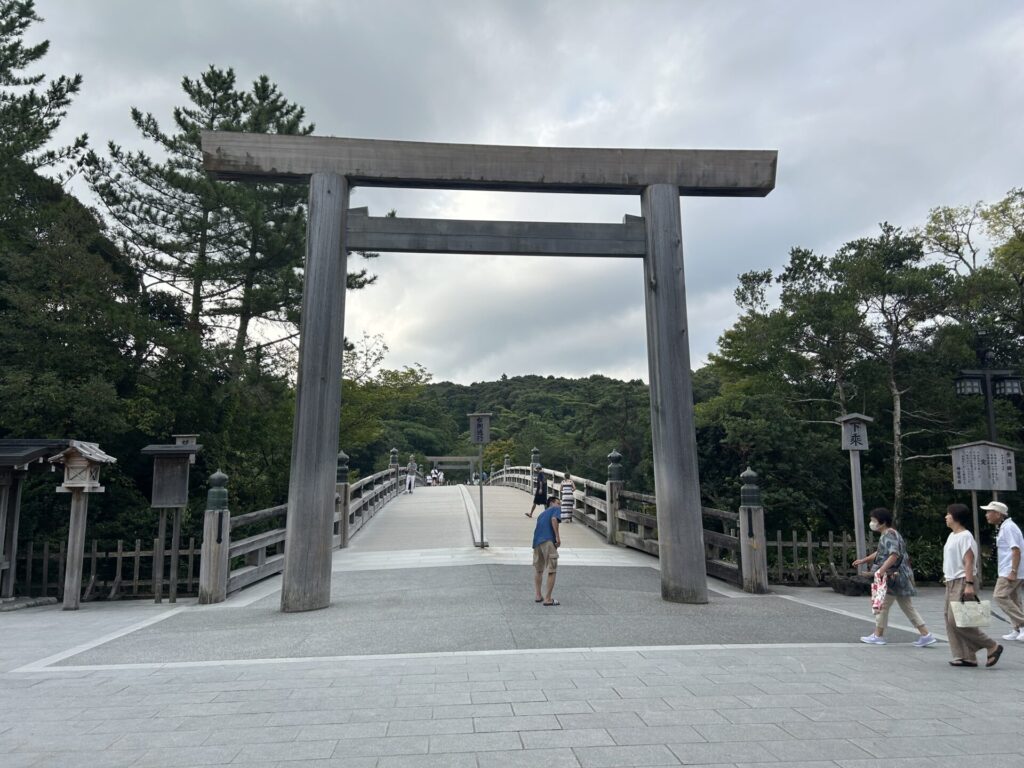
Ise Jingu Shrine 伊勢といえばやっぱり伊勢神宮
Ise is home to the famous Ise Jingu Shrine. Ise Jingu is the highest shrine among all shrines in Japan and is considered the tutelary deity of the Japanese people. Commonly known as “O-Ise-san,” Ise Jingu is formally referred to as “Jingu.” Ise Jingu enshrines Amaterasu Omikami, the deity of the Imperial family, and has historically been closely associated with the authority of the Imperial family and the court. Even today, the Emperor and Empress visit the shrine, and it is customary for politicians, including the Prime Minister, to visit at the beginning of the year. Due to its status as the ancestral deity of the Emperor, many visitors come, making Ise Jingu a central place of faith in Japan.
The deity enshrined at the inner shrine (Naiku) of Ise Jingu is Amaterasu Omikami, a female deity. It is said, though without evidence, that if a couple or lovers visit the shrine together, the deity might become jealous and their relationship could suffer. This seems to be a superstition, so feel free to visit as a couple. However, if any discord arises after your visit, I take no responsibility. Please visit at your own risk!
伊勢神宮は日本中の神社のトップ格で、「お伊勢さん」として親しまれています。天照大御神(あまてらすおおみかみ)という皇室のご神様を祀っていて、昔から皇室や朝廷と深く結びついた特別な場所です。今でも天皇皇后両陛下が参拝されたり、首相など政治家が年始に訪れるのが習わしなんですよ。
内宮(ないくう)に祀られているのは女神の天照大御神。
ちなみに、カップルで一緒に参拝すると嫉妬されて関係がギクシャク…なんて噂もありますが(笑)、あくまで迷信なので気にせず訪れて大丈夫!ただし、もし帰ってから仲が悪くなっても責任は取りませんので自己判断でお願いします
Is it okay to walk in the center of the path? 参道の中央を歩いてもいいの?
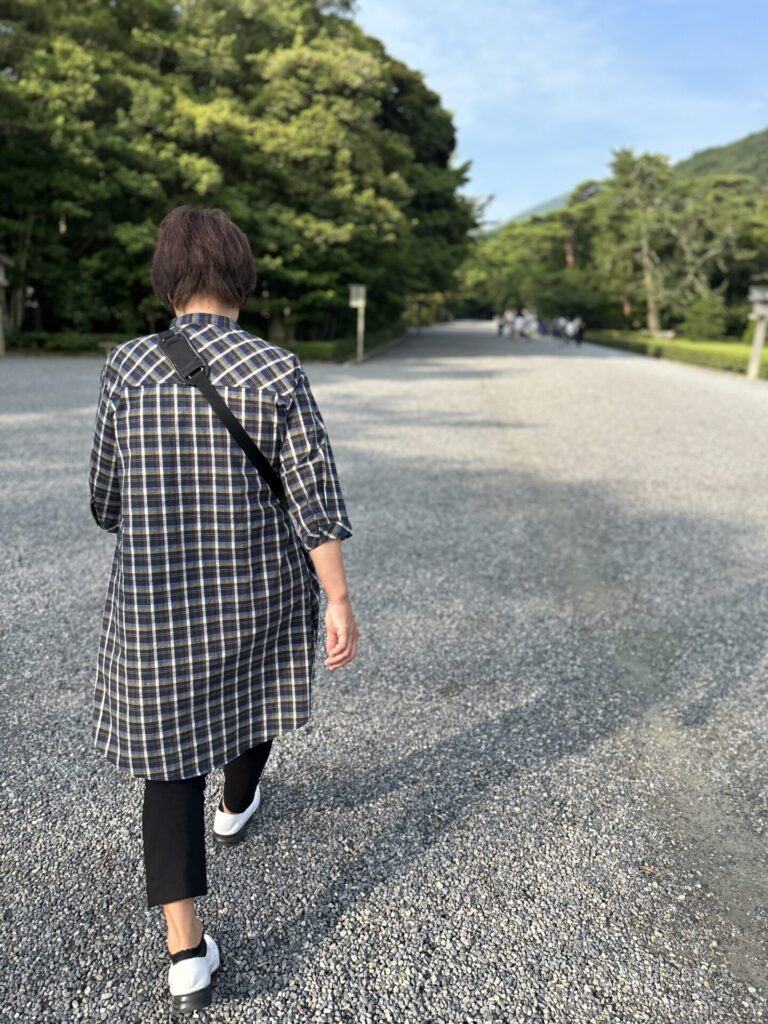
The path to the shrine is covered with gravel, and walking on it gives a cleansing sensation, so you should be able to arrive at the shrine feeling spiritually purified. Just be sure not to walk in the center of the path. The center of the path after passing through the torii gate is considered the “sacred center” and is believed to be the path of the deity.
伊勢神宮への参道は砂利道で、歩くと足元から浄化されるような気持ちに
だから神社に着くころには心もスッキリしているはず!ただし、鳥居をくぐったあとの参道の中央は「神様の通り道」とされているので、歩くときは中央を避けて両脇を歩くのがマナーです。ただし、特に厳しいルールではなく、多くの参拝者も気軽に歩いています。心配な場合は端を歩くようにするとより丁寧です。
Akafuku Mochi: A Traditional Treat from Ise【赤福もち:伊勢の伝統スイーツ】

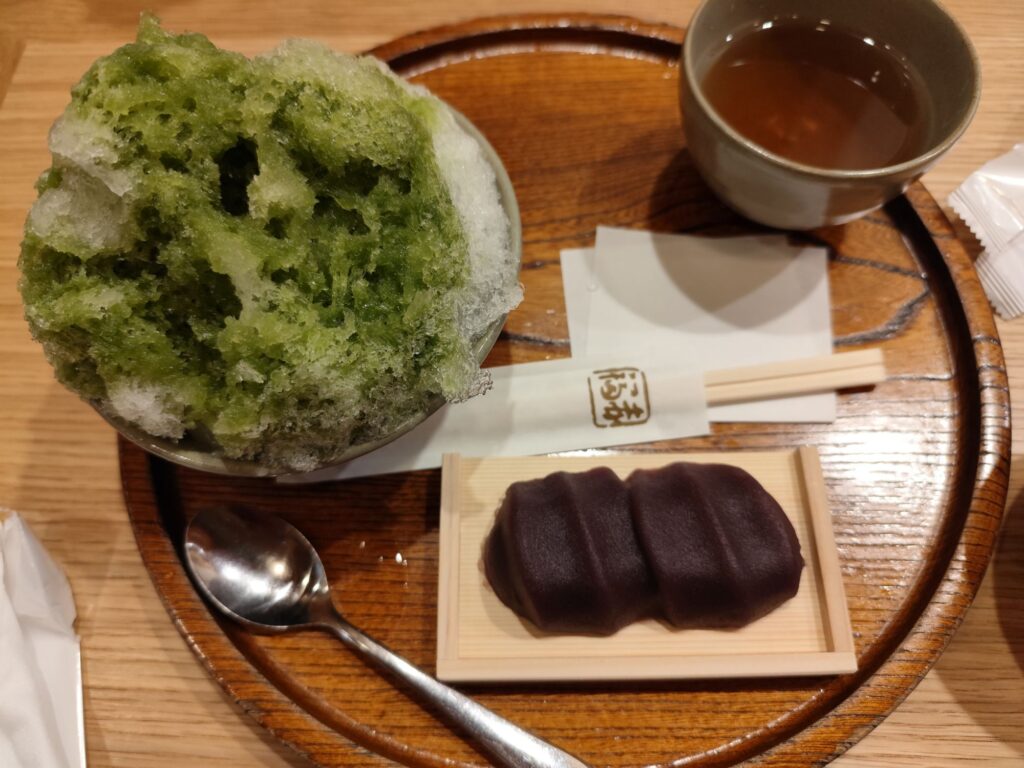
From the front of Uji Bridge at the inner shrine of Ise Jingu, the street that continues straight towards Sarutahiko Shrine is called “Oharai-machi.” Midway through Oharai-machi is “Okage Yokocho,” an alley filled with many souvenir shops and restaurants, making it enjoyable to stroll after visiting the shrine. In the middle of Oharai-machi is the main store of the famous Ise confectionery, Akafuku Mochi. It consists of soft, chewy rice cakes topped with a sweet, smooth red bean paste. The red bean paste, made from adzuki beans, is often slightly sweetened and serves as the signature element of this treat. This main store opens at 5 a.m. every day and offers Akafuku Mochi sweets with hojicha tea on tatami mats inside. Akafuku Mochi is a must-try when visiting Ise.
【伊勢神宮・内宮前のおすすめ散策スポット】
内宮の宇治橋前から猿田彦神社へ続く道は「おはらい町」と呼ばれています。
途中にある「おかげ横丁」はお土産屋さんや飲食店がいっぱいで、参拝のあとにのんびり歩くのにピッタリな場所です。おはらい町の真ん中には、伊勢名物の赤福餅の本店が!
もちもちのお餅に甘さ控えめのこしあんがたっぷり乗った赤福は、伊勢に来たら絶対食べたい逸品です
本店は毎朝5時から開いていて、店内の畳席でほうじ茶と一緒に味わえますよ
Futamiura 二見浦
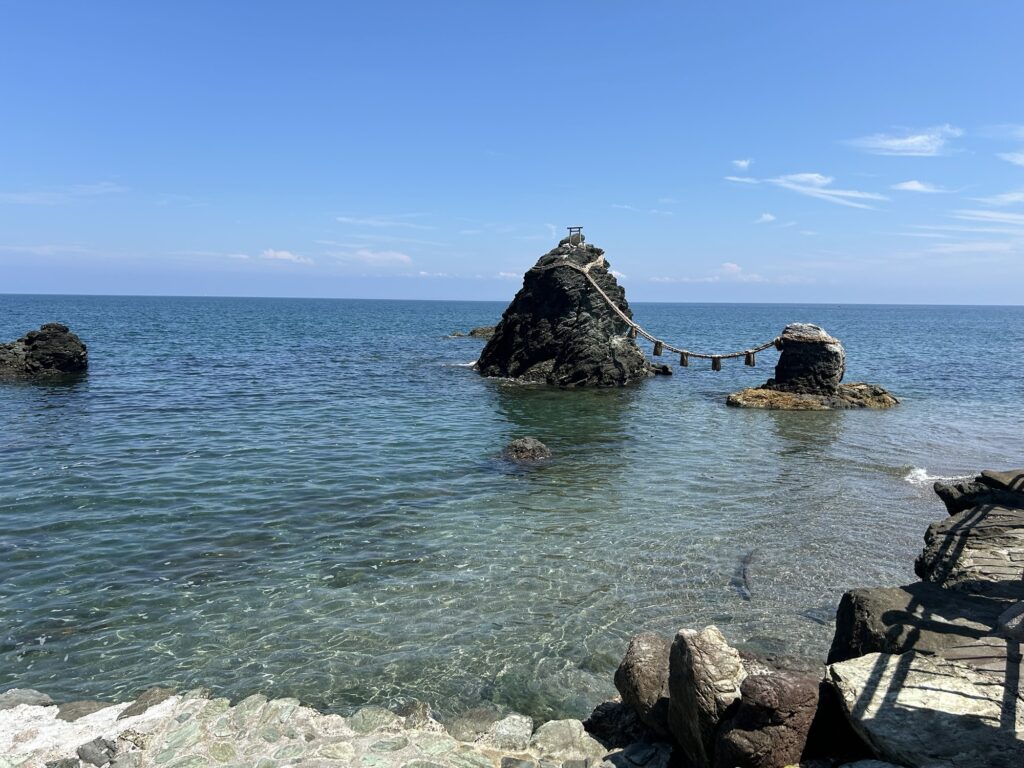
About a 20-minute drive from Ise Jingu is Futamiura, home to Futami Okitama Shrine. This shrine is famous for its “Meoto Iwa” (Wedded Rocks). It’s a spot you should definitely visit if you’re making a pilgrimage to Ise. Meoto Iwa consists of two rocks, large and small, bound together with sacred ropes. They also serve as a torii gate to worship the spirit stone of Sarutahiko Omikami and the deity of the sun. It is also said to symbolize marital harmony.
See you again.
【伊勢神宮から車で約20分!夫婦岩で有名な二見浦へ】
二見浦にある二見興玉神社は「夫婦岩」で知られるパワースポット
大きい岩と小さい岩がしめ縄で結ばれていて、猿田彦大神と太陽の神様を祀る鳥居の役割もしています。夫婦岩は縁結びや夫婦円満の象徴としても人気。伊勢参りの際はぜひ立ち寄りたい場所です
また次回も楽しみにしていてくださいね!
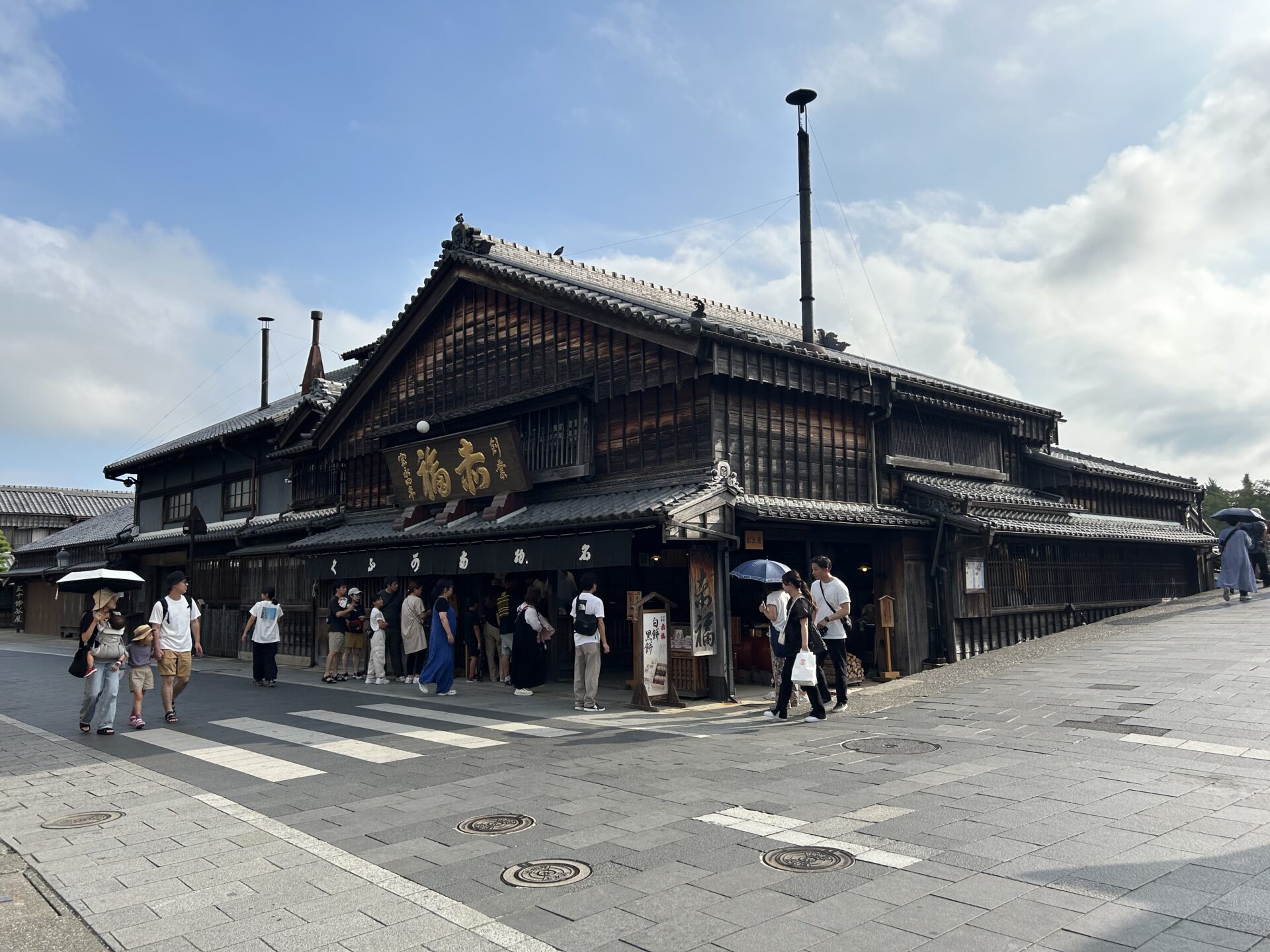


コメント